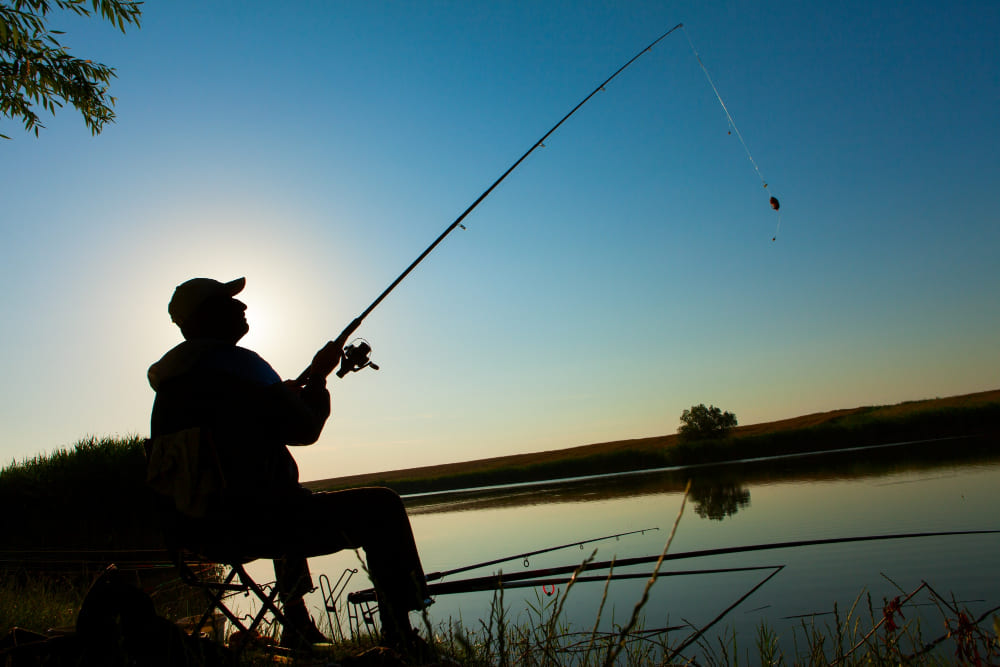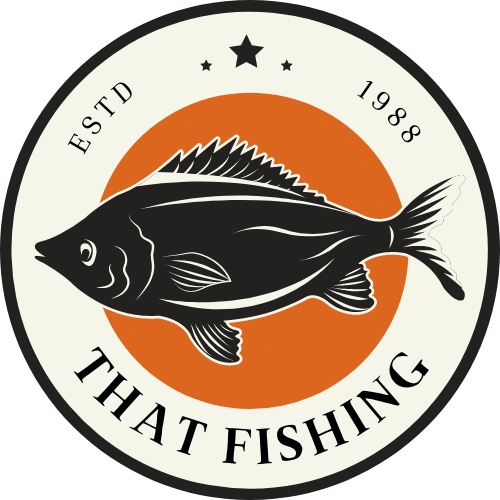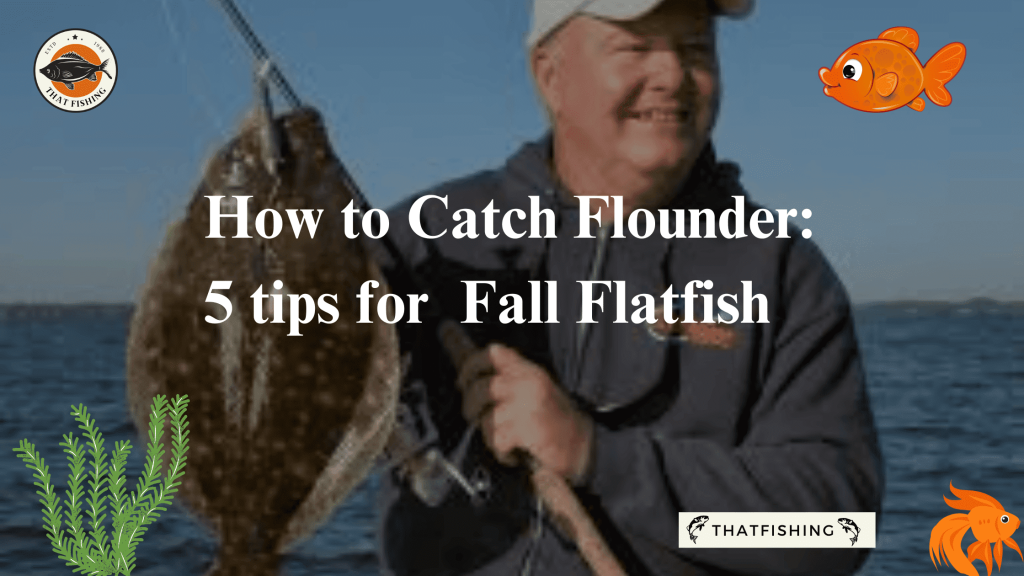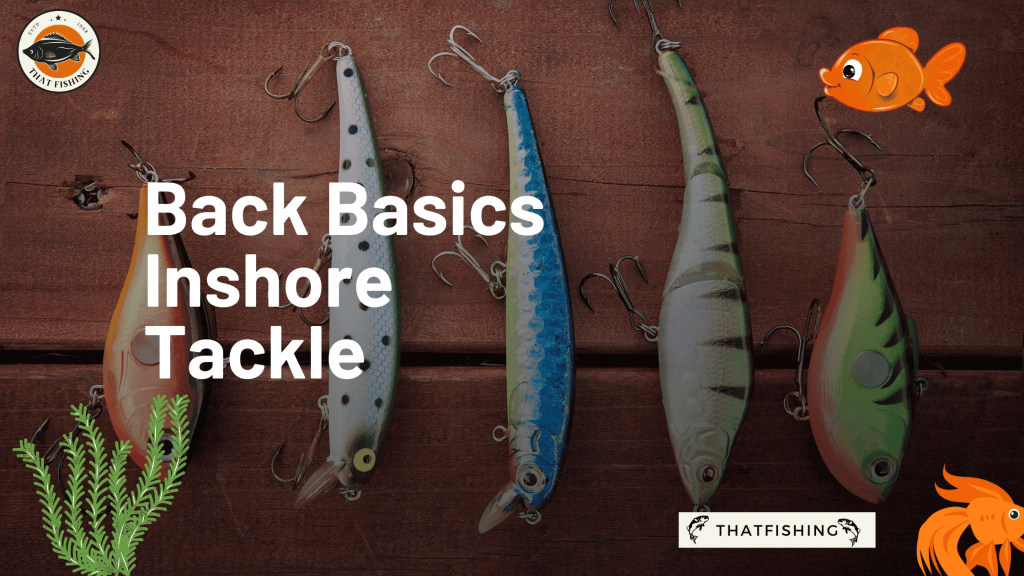Identifying the differences between fluke and flounder may be tricky, but one thing you can count on – they’re both delicious! Also, check out how to catch fish here!
Fall and early winter is the time to get after those tasty flatfish, and a few simple tips will go a long way towards filling both your stringer and your plate.
How To Catch Flounder: 5 Tips For Fall Flatfish
1. Watch That Tide
2. Low and Slow
3. Pick Your Poison
4. Double Up
5. Night Moves
1. Watch That Tide
Knowing your local tidal conditions is crucial. Flatfish are ambush predators, lying in wait in camouflaged beds waiting for an unsuspecting meal to swim by.
This behavior means that both flounder and fluke tend to concentrate in areas where water will channel food to them.
Tidal creek mouths, guts in the surf, narrow spots in a channel and even culvert drains have been known to hold these fish.
Both incoming and outgoing tides can spark feeding behavior, but many flatfish enthusiasts prefer a falling tide.
2. Low and Slow
Flatfish have been perfectly designed for their role, laying on the bottom and waiting for food.
Wise fishermen will use this knowledge to their advantage. Use heavy jigs, spoons and fish-finder rigs with enough weight to get down into the strike zone and stay there.
Moving the jig or bait with a slow drag or hop is often the tactic to use, although sometimes a faster retrieve will help trigger strikes.
Heavy spoons are useful for fluttering along right above areas where bottom rigs would hang up.
In snaggy situations, bait users often prefer a drop-shot rig with the weight on the bottom and the hook tied a few inches up the line.
3. Pick Your Poison
The good thing about flounder and fluke is that they’re usually willing and able to strike a wide variety of lures.
I personally know anglers who have caught big flounder on topwaters, but that’s rare. Soft plastics, bucktail jigs with and without teaser, plugs, spoons and bait have all caught their fair share of flatfish.
If you aren’t sure where to start, I would recommend a white bucktail jig with a chartreuse curly tail grub or scented soft plastic trailer. Your local tackle shop will have more recommendations for what works in nearby waters.
4. Double Up
Another tactic that is commonly used by flatty enthusiasts is to use a double rig. Use a heavy ‘dropper’ jig to get to the bottom quickly, and a few inches up, tie another lure on the line so it undulates enticingly.
This is a great way to stimulate a strike from fish that might be feeding on smaller bait than you can imitate with a heavy jig. It’s also an excellent way to target other fish species that might be in the local area, such as striped bass or redfish.
5. Night Moves

Regardless of whether you’re targeting flounder or fluke, this next tip is all about timing.
When night falls, both species of flatfish move from deeper water to the shallows. During this time, flatfish can be found in shallow waters that may barely cover their backs.
Commonly targeted at night with lights and gigs or fish spears, these fish are actively hunting and can be caught! Successful anglers move slowly down productive shorelines, casting just a few feet from the shoreline with light jigs or bait rigs .
Related Reads



